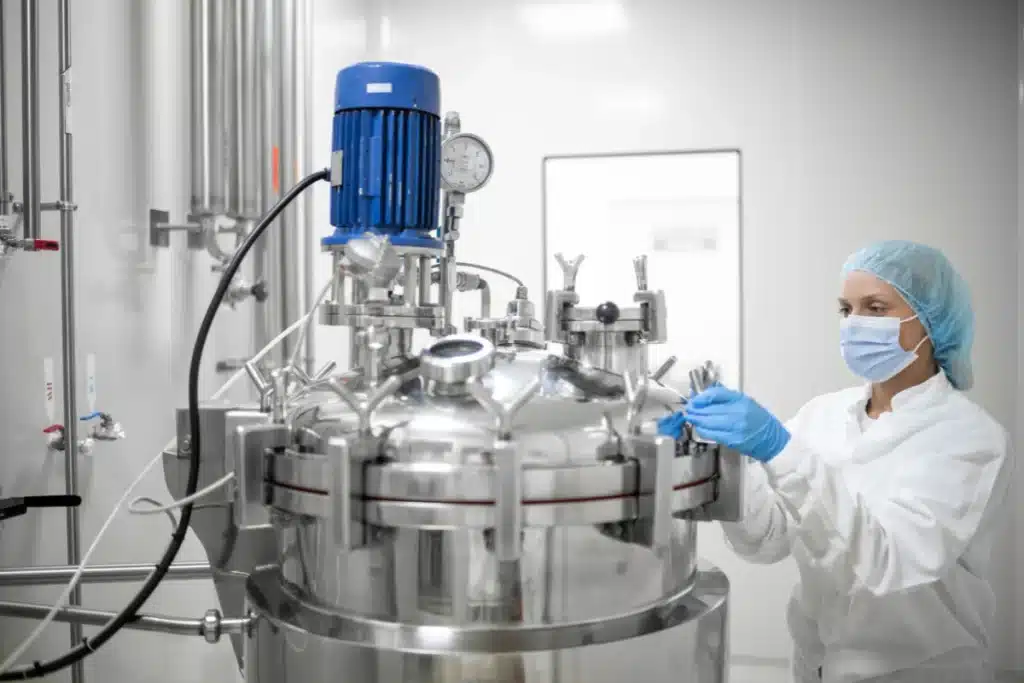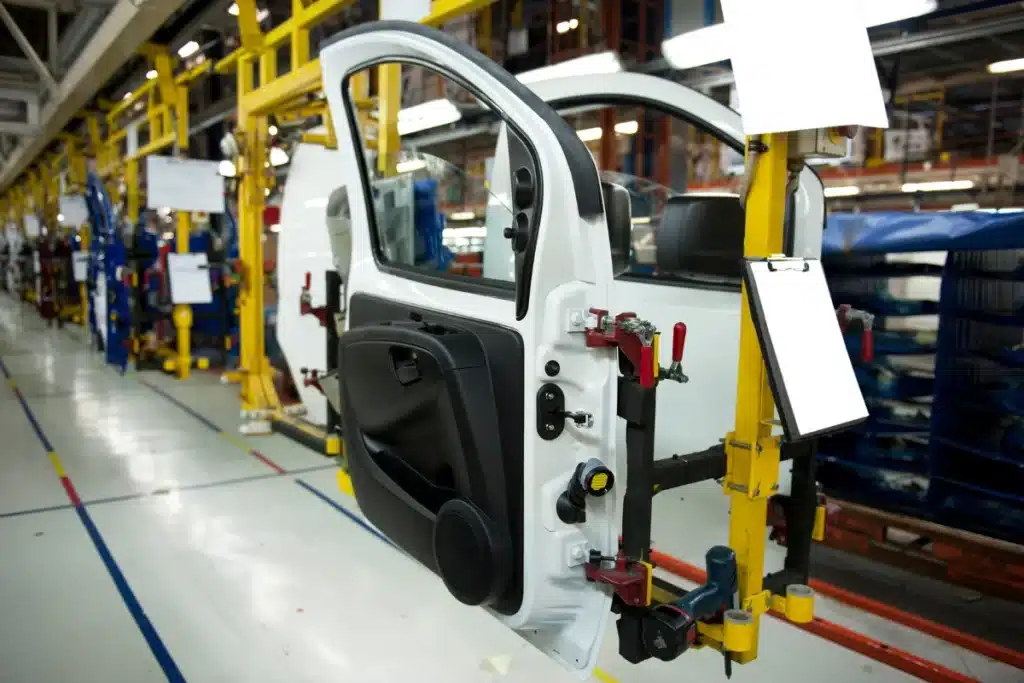Today’s companies use software tools like Enterprise Resource Planning (ERP), Customer Relationship Management (CRM), and Excel to automate business processes. However, when starting, most people confuse these software tools, especially ERP and CRM. Even though these tools may have a few similar functions, they’re different, each having distinct capabilities.
This article will highlight the differences between these solutions to help you understand what’s right for your business. Let’s start with ERP and CRM, which are commonly confused.
What Is ERP?
An ERP is software that automates, manages, and connects business processes like project management, sales, accounting, supply chain management, human resources, and risk management. By unifying these processes, it streamlines operations and workflows.
This tool has been designed to collect data from various resources, enabling the flow of information between multiple departments, eliminating duplication, and promoting data integrity. Most companies that implement ERP do so because it can perform these functions.
Boost Efficiency
An ERP system often uses AI and process automation to optimize repetitive tasks prone to human error. For example, automating accounting processes reduces the days a company takes to close its books.
Promote Collaboration
With an ERP system, you get one data source with a standard interface where users across all departments can share information. This improves activities like financial planning, inventory management, workforce planning, logistics, and customer experience. Instead of each department having its own software, the entire organization shares one platform where all teams can collaborate.
Improve Decisions Making
A modern ERP offers users an extensive view of operational performance with real-time reports. Combined with automated processes, this helps teams access accurate information, enabling improved decision-making.
What Is CRM?
A CRM tool is used to help marketing, customer service, sales, and other teams develop and maintain a good relationship with customers. The software collects customer data, including purchase history, service requests, and communications with a sales rep.
There are many benefits of using a CRM tool if you want to meet customers’ needs efficiently and timely. This leads to high customer satisfaction, leading to increased sales and profits. Some of the main functions of a CRM tool include the following:
Improve Customer Service
Have you ever called a company with a question only to be shuffled from one representation to another, and you had to repeat your question each time? It can be frustrating. A CRM tool manages customer data in one location, creating accurate customer profiles and leading to a smoother collaboration between representatives. This contributes to increased customer satisfaction.
Boost Customer Retention and Sales
A CRM tool collects customer data such as customers’ interests, sales history, and needs. This information gives the company better insight into how to serve customers more efficiently. By doing so, the company can retain more customers and boost sales.
Increase Productivity
CRM software automates simple everyday tasks like data entry, which speeds up processes and reduces errors. In the process, it also frees employees, allowing them to focus on other tasks.
What Are the Main Differences Between CRM and ERP?
From the above discussion, you can see that these two systems have very distinct functions. Let’s take a look at the differences between the two.
Main Function
An ERP’s primary function is to increase company efficiency by improving internal processes. The tool does this by automating processes across different departments. On the other hand, the core function of a CRM system is to enhance customer relationships with businesses to boost client retention.
Primary Users
The primary users of a CRM system include the marketing, sales, and customer support teams. That’s because their main focus is to increase sales. On the other hand, an ERP has been designed to streamline an organization’s internal functions. Because of this, it can be used by all departments in the company.
Main Features
Since a CRM is related to customer interactions, its main features include automating and managing marketing campaigns, analyzing purchasing patterns, identifying new leads, streamlining the sales process, and offering high-quality customer support. On the other hand, the main features of an ERP include product management, inventory management, sales and marketing, planning and production, and warehouse and transport management.
Benefits of CRM and ERP Over Spreadsheets
Some companies still use Excel for tasks, including data analysis, inventory management, and scheduling. While it may be easy to use and readily available, ERP and CRM software have many benefits over spreadsheets. Some of them include:
Improved Process Automation
CRM and ERP tools allow companies to automate repetitive tasks. With spreadsheets, you have to do manual data entry, which is labor-intensive and prone to human error.
Increased Collaboration
Both these tools foster collaboration by bringing different departments together under one platform. With spreadsheets, you have multiple data silos, making it hard for departments to collaborate seamlessly.
Scalability
Both CRM and ERP are scalable tools. As your business grows, so do your needs. While you can easily use spreadsheets for 20 customers or two departments, using them for 1000 customers or five departments won’t be easy. CRM and ERP grow with the needs of the business, making it easier to manage data.
Streamlined Data Management
Another reason to use ERP and CRM software is to manage your data effectively. With spreadsheets, you have to do a lot of manual updates and entries, increasing the risk of errors. CRM and ERP automate data management by enabling real-time data entry across different departments, streamlining data management.
Why GoldFinch?
To enjoy the best of both worlds, businesses should use an ERP that incorporates a CRM solution, preventing you from duplicating information. GoldFinch has made this possible by including Salesforce in its ERP solution. Salesforce is a CRM solution that lets businesses connect with customers at ease. It’s part of our ERP offering, allowing you to enjoy the benefits of an ERP system while leveraging the power of a CRM tool.
With GoldFinch, you get an integrated solution that helps you easily manage business processes, more than spreadsheets will ever do.
Contact GoldFinch today to start enjoying the benefits of an inclusive ERP system.



